It can be seen that the localities are merged based on geographical and cultural proximity, creating connections and increasing regional strengths. Particularly in the field of sports , due to its own characteristics, the merger can lead to "addition" in some provinces and cities, but not in some other places. For example, in the northern mountainous provinces, sports achievements and facilities after the merger are unlikely to create any significant or sudden changes in the position in national sports, especially high-performance sports. Or with football in the Mekong Delta, where there is no V-League team and only 2 first-class teams, even if there is a merger, there is no guarantee that strong clubs will be formed to participate in the V-League in the near future.
The Vietnam Sports Development Strategy for the 2030-2045 period was approved before the time of the province-city arrangement, so it is also worth asking whether the sports industry needs to take another step: study and adjust the planning according to the change in boundaries. With the number of provinces and cities decreasing significantly, along with the great changes in socio -economic conditions and population size, is it time for the sports industry to rely on local conditions to "assign tasks" directly to each locality to develop specific strengths, instead of investing in all sports everywhere. At that time, there will be provinces specializing in developing sports with traditional elements such as archery, shuttlecock kicking, rowing, terrain sports, etc. There will be areas that only invest in marine sports, while places with national sports training centers such as Hanoi, Ho Chi Minh City and Da Nang will focus on professional competition activities, technology application and specialized training.
In other words, we should focus on improving local sports. Take the case of Khanh Hoa province, after merging with Ninh Thuan province, which has the advantage of a long coastline, many beautiful beaches, and favorable weather, very suitable for developing sea sports combined with world-class tourism experiences. Although the advantage is such, if the locality does not plan well and continues to invest in many sports, there will be no difference from before.
Vietnamese sports are shifting to a key investment strategy, with priority given to sports in the ASIAD and Olympic systems. This means that sports will focus on depth rather than breadth. Along with the merger of provinces and cities, there will be major changes in the investment structure from the state budget for the sports industry. There will be some localities that are almost incapable of competing for medals in national championships, while on the contrary, there will be provinces that have to take on the task of becoming regional and continental sports centers, such as Ho Chi Minh City after the merger. This reality requires the sports industry to proactively plan, orient and support localities to build internal strength to suit the strong transformation of the country.
Source: https://www.sggp.org.vn/phat-huy-so-truong-the-thao-cua-tung-dia-phuong-post802547.html



![[Photo] General Secretary To Lam attends the opening ceremony of the National Achievements Exhibition](https://vphoto.vietnam.vn/thumb/1200x675/vietnam/resource/IMAGE/2025/8/28/d371751d37634474bb3d91c6f701be7f)
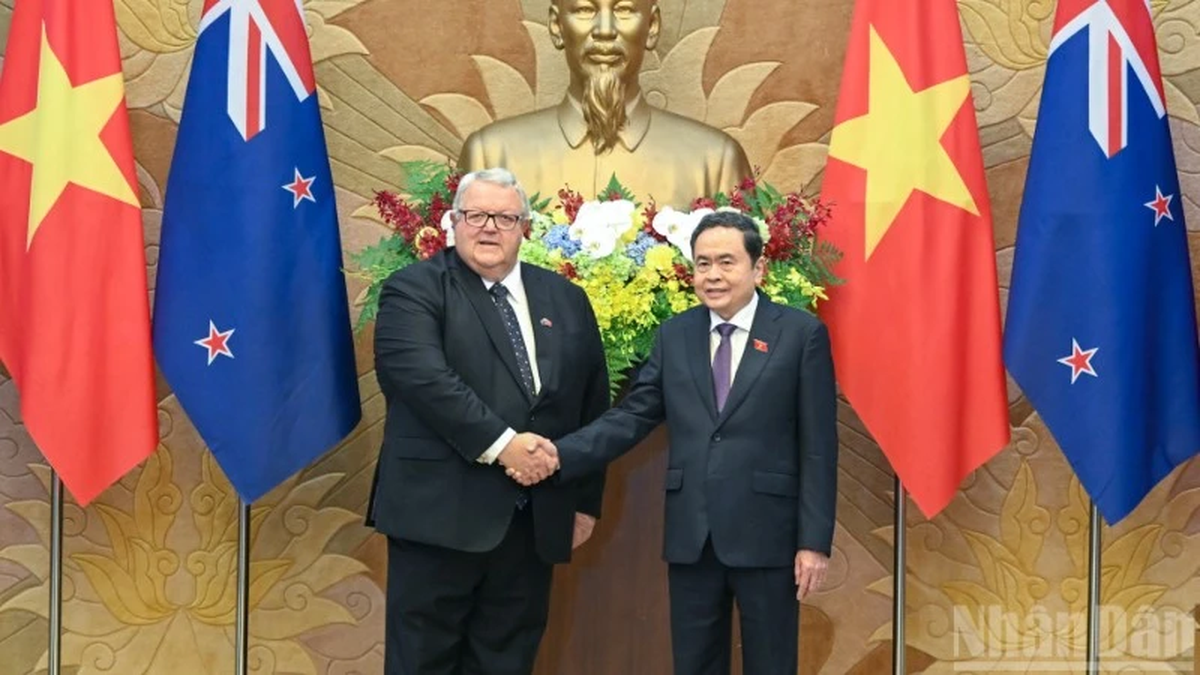
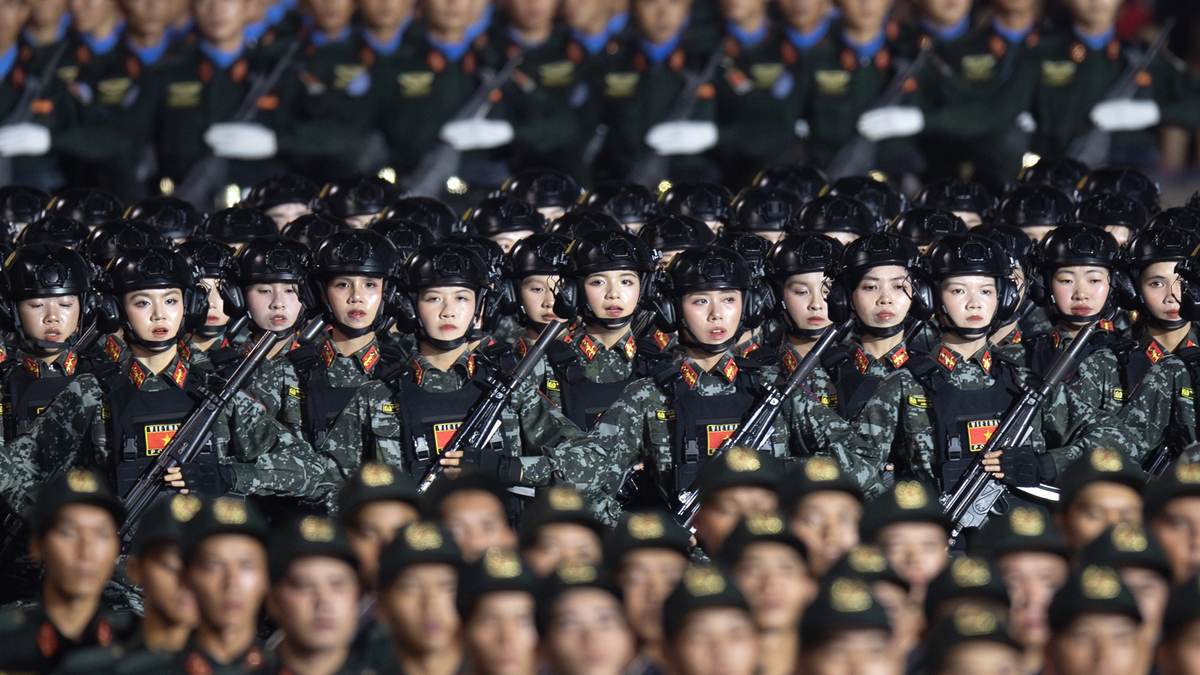

![[Photo] National Assembly Chairman Tran Thanh Man holds talks with New Zealand Parliament Chairman](https://vphoto.vietnam.vn/thumb/1200x675/vietnam/resource/IMAGE/2025/8/28/c90fcbe09a1d4a028b7623ae366b741d)
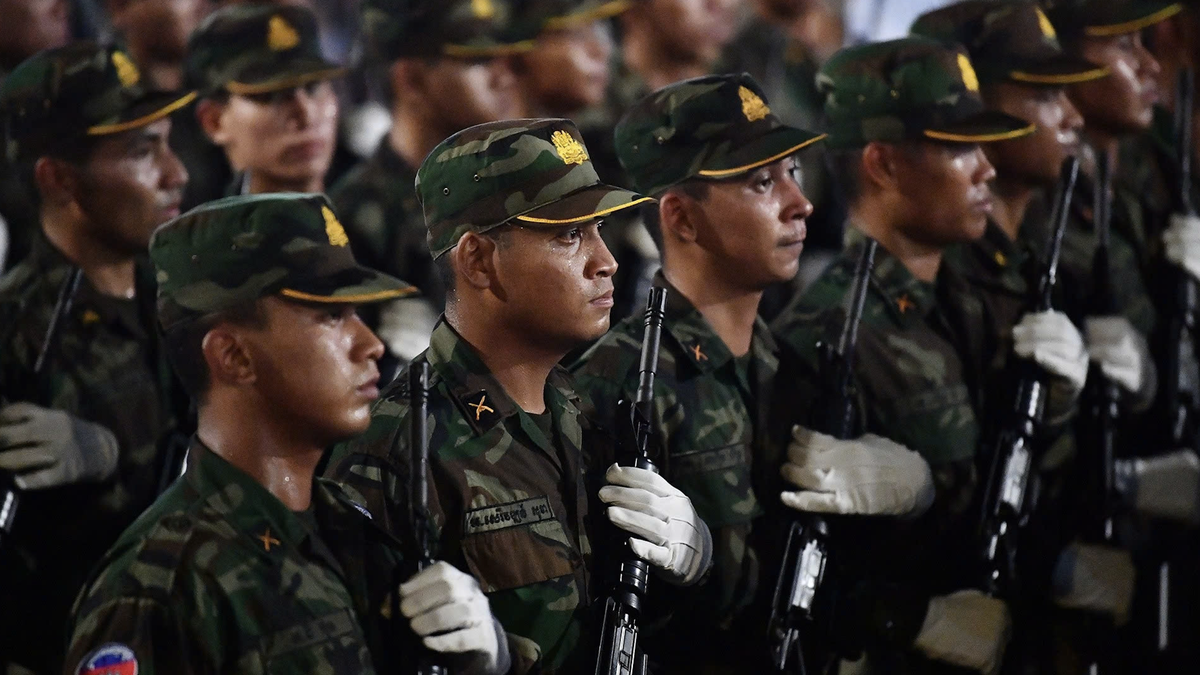
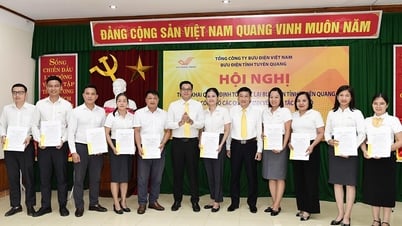

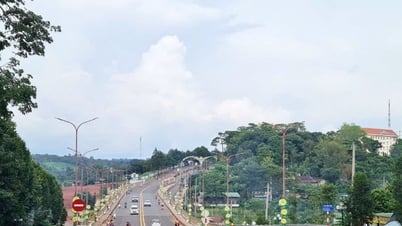







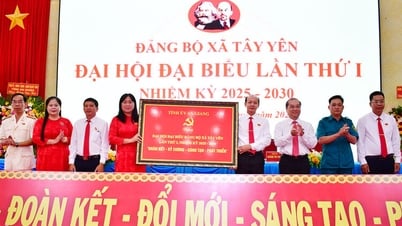





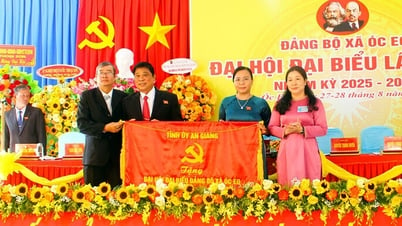
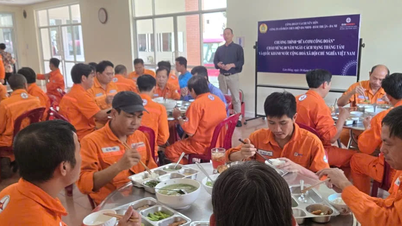





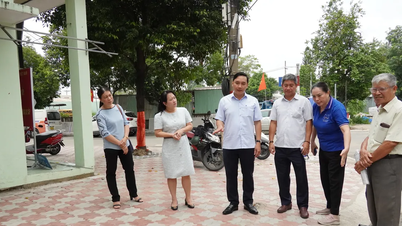



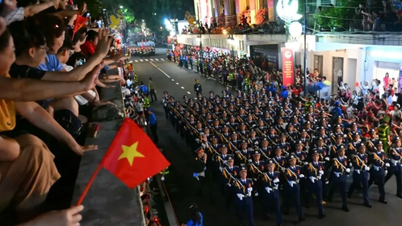

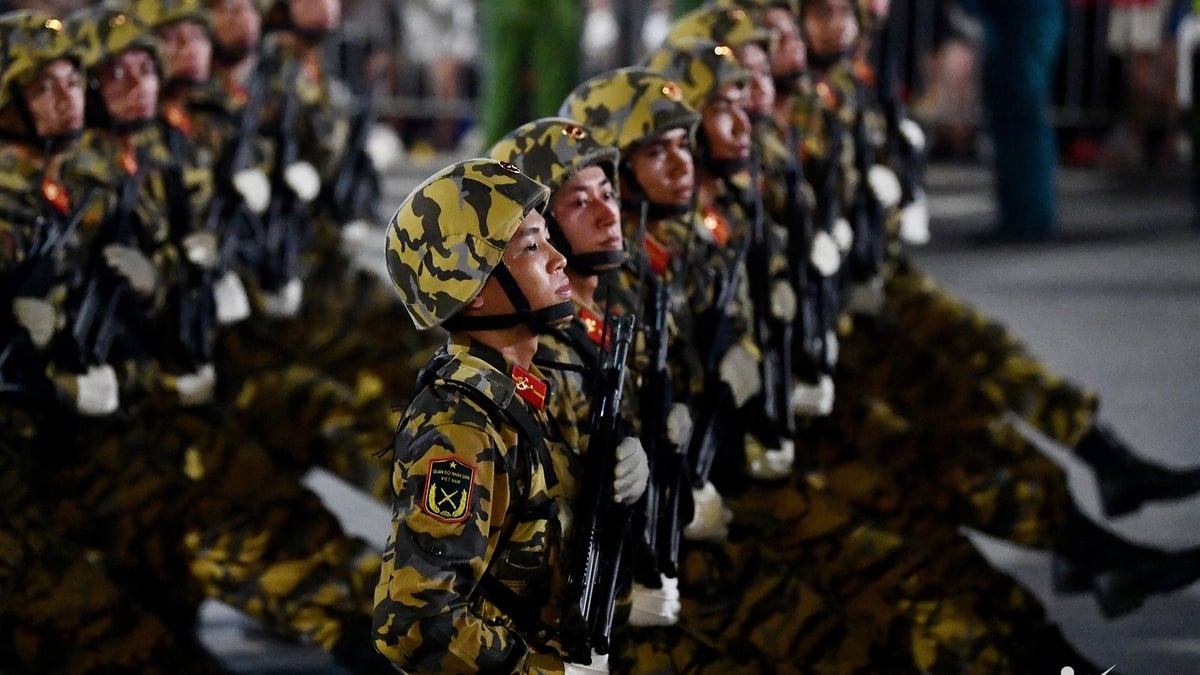
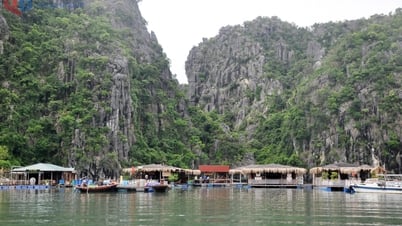

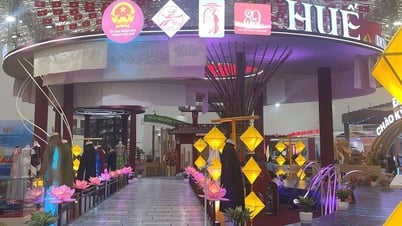

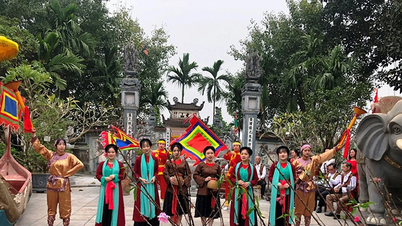

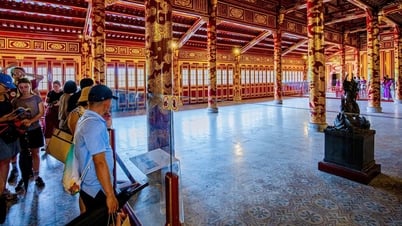
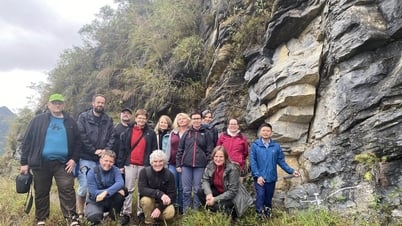


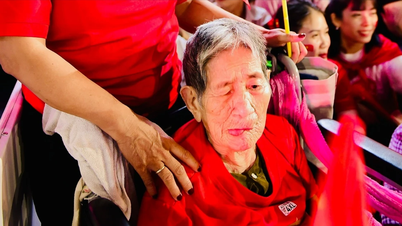



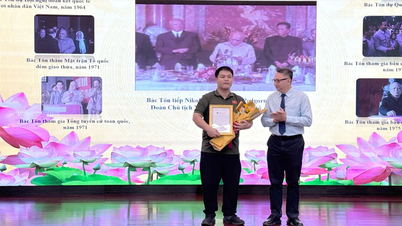


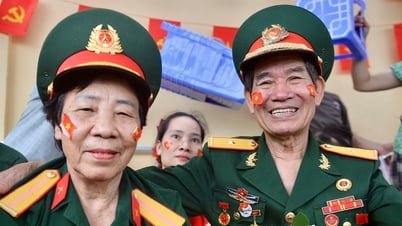



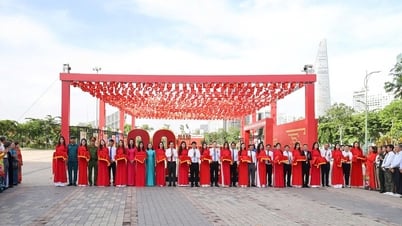
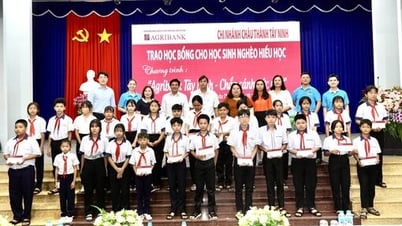




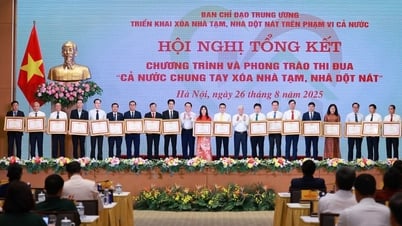

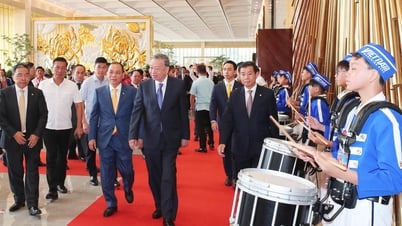

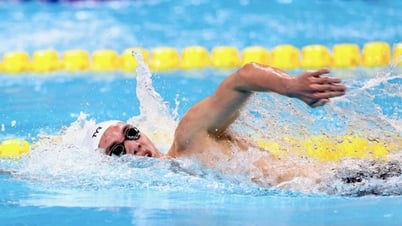
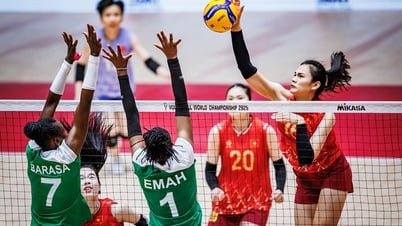


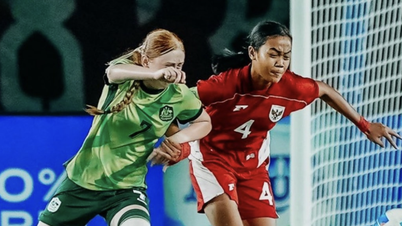


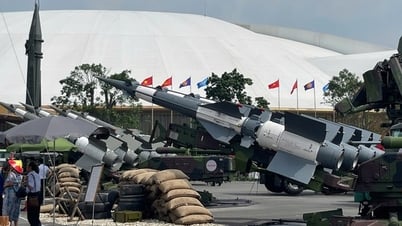




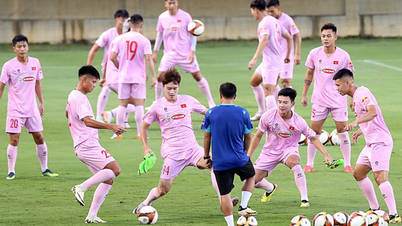

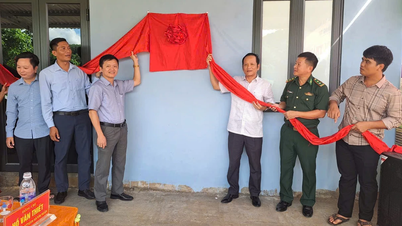

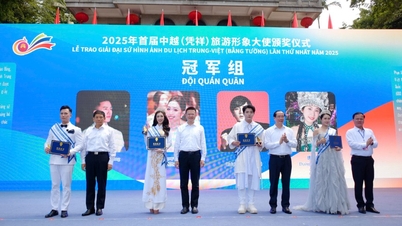




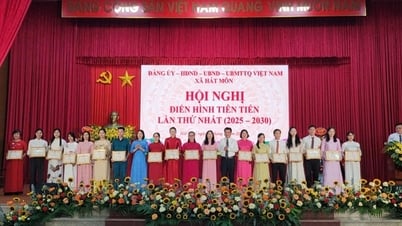
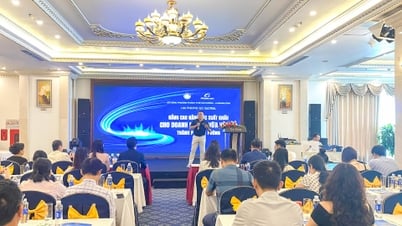




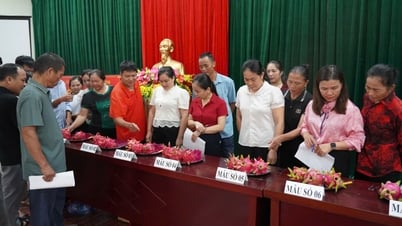



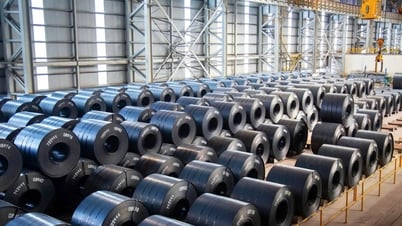


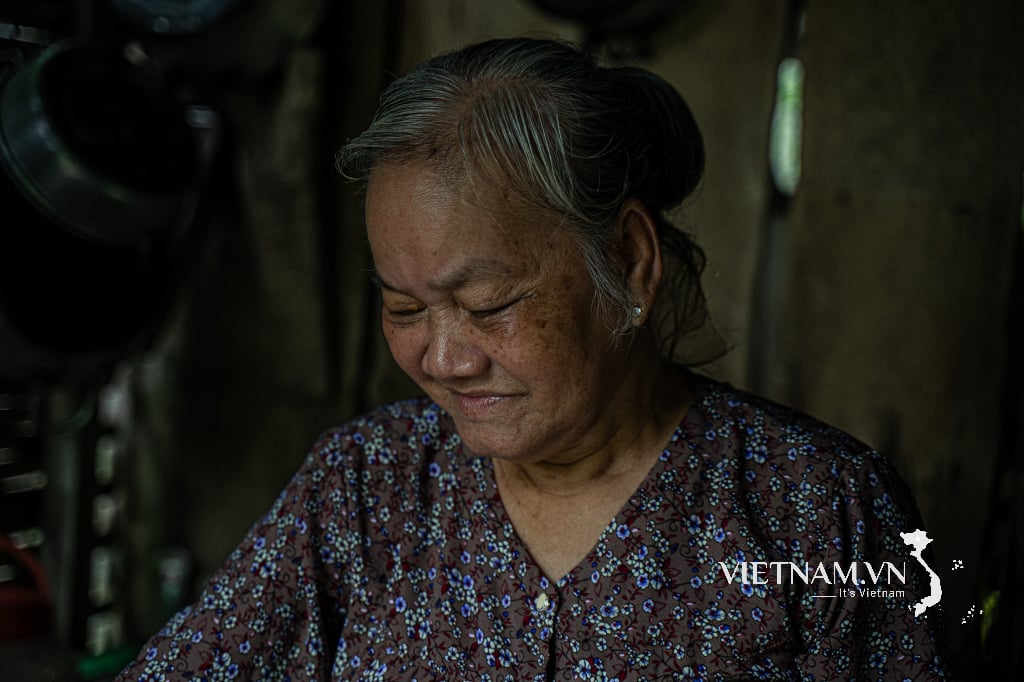
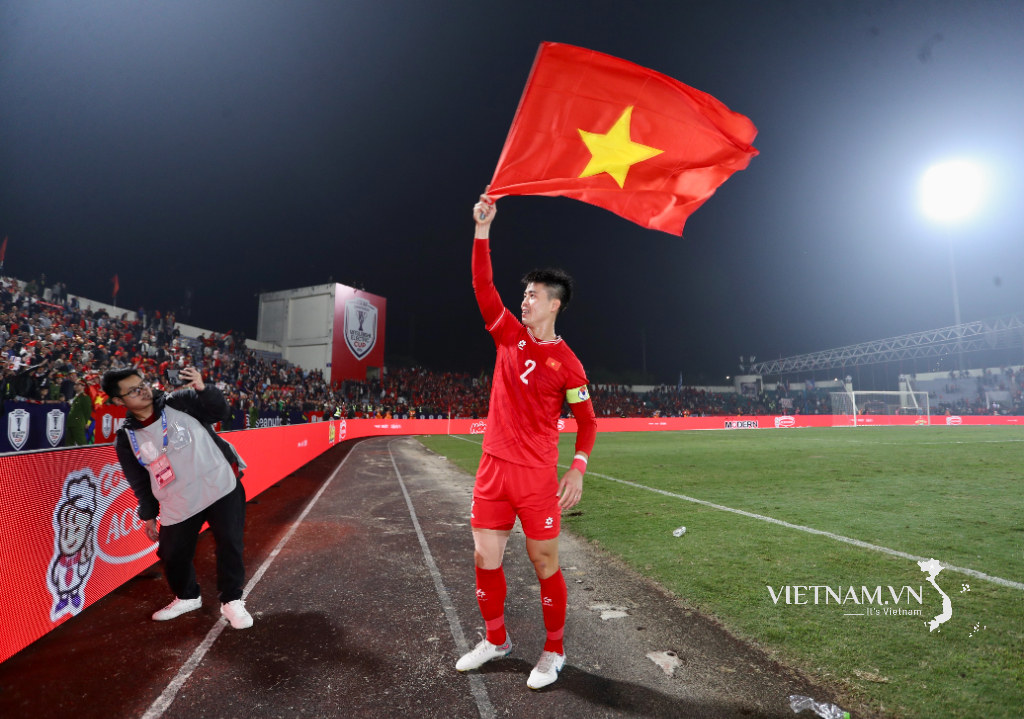

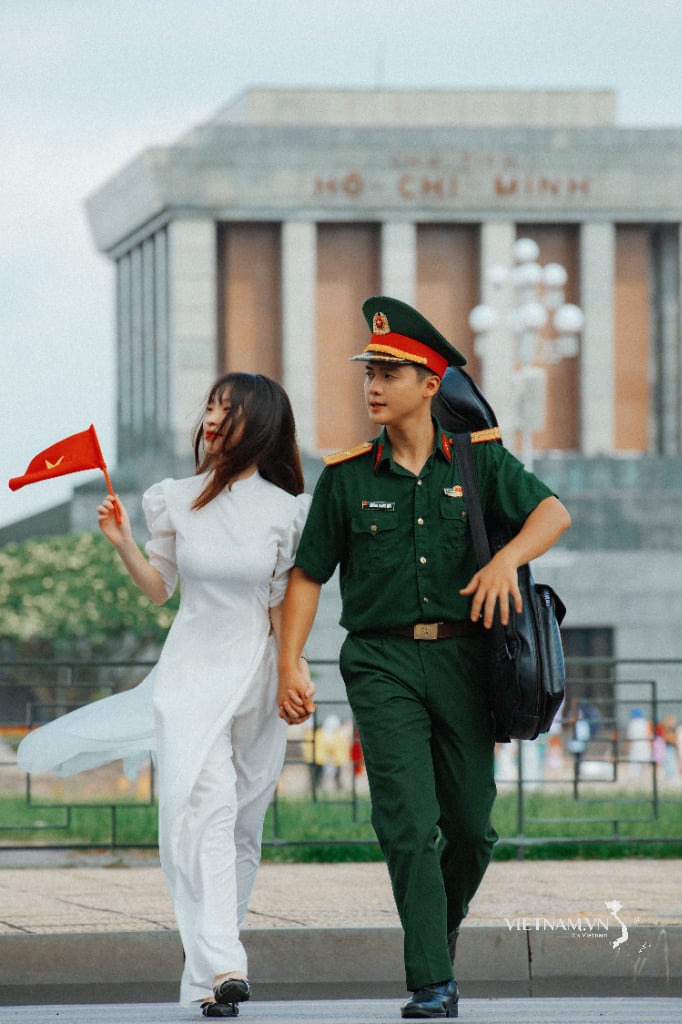
Comment (0)